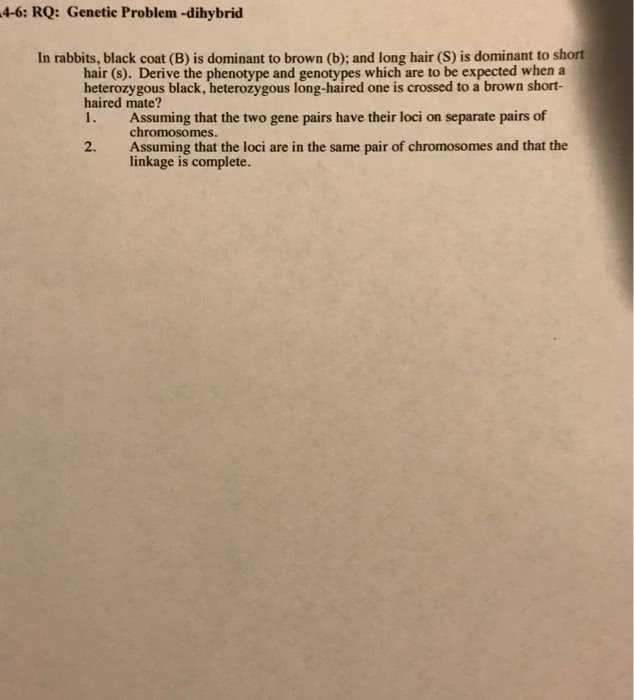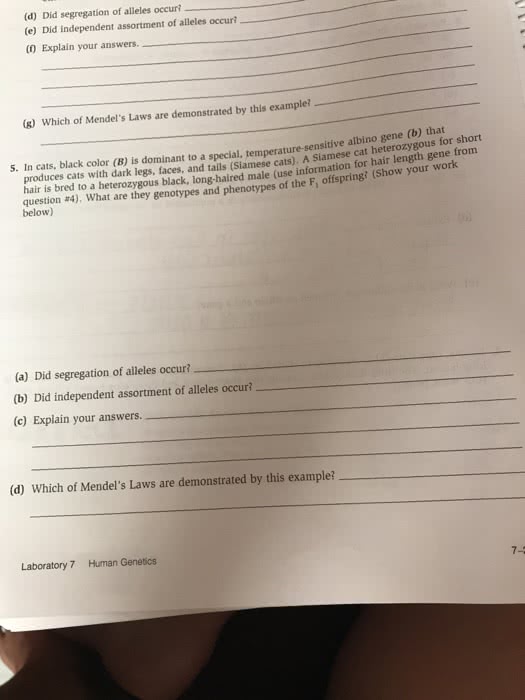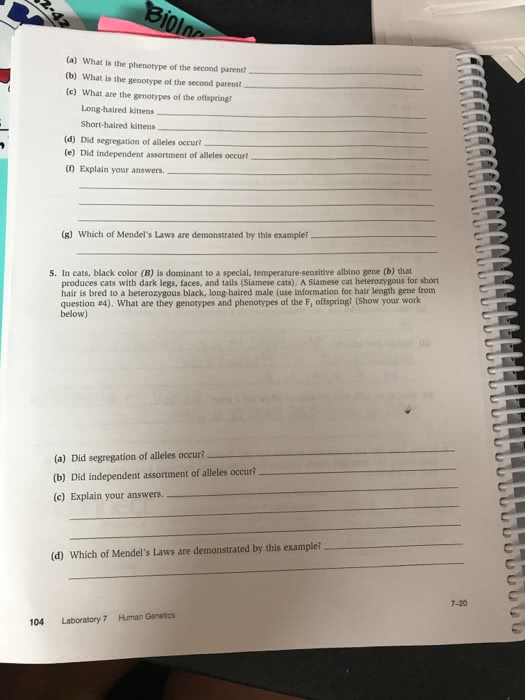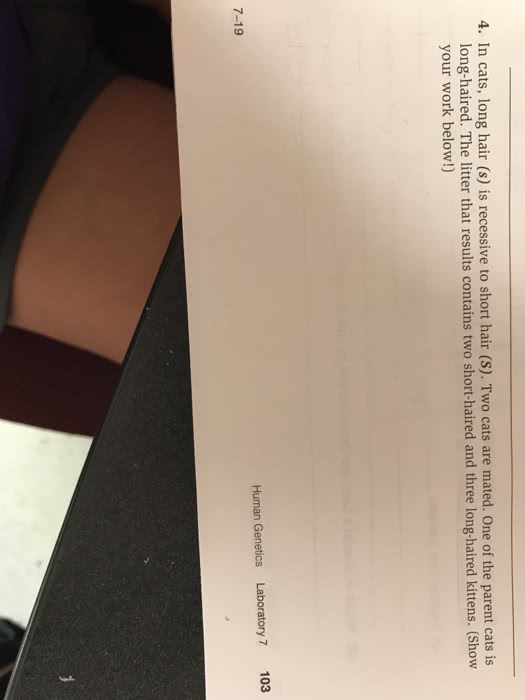vcutt
vcuttUniversity of Guelph
2 Followers
1 Following
0 Helped
vcuttLv3
26 Feb 2024
Answer: a
vcuttLv3
26 Feb 2024
Answer: a
vcuttLv3
26 Feb 2024
Answer: a
vcuttLv3
26 Feb 2024
Answer: a
vcuttLv3
26 Feb 2024
Answer: a
vcuttLv3
26 Feb 2024
Answer: aa
vcuttLv3
26 Feb 2024
Answer: a
vcuttLv3
26 Feb 2024
Answer: a
vcuttLv3
26 Feb 2024
Answer: a
vcuttLv3
26 Feb 2024
Answer: a
vcuttLv3
26 Feb 2024
Answer: a
vcuttLv3
26 Feb 2024
Answer: a
vcuttLv3
26 Feb 2024
Answer: a
vcuttLv3
26 Feb 2024
Answer: a
vcuttLv3
26 Feb 2024
Answer: a
vcuttLv3
26 Feb 2024
Answer: a
vcuttLv3
5 Feb 2024
Answer: Step-by-step explanation: Investment Banking: Explanation: Investment ...
vcuttLv3
5 Feb 2024
Answer: Step-by-step explanation: Investment banking serves several key functi...
vcuttLv3
5 Feb 2024
Answer: Step-by-step explanation: The heart is a vital organ responsible for p...
vcuttLv3
5 Feb 2024
Answer: Step-by-step explanation:Understanding language involves various techn...
vcuttLv3
5 Feb 2024
Answer: Step-by-step explanation: To find the concentration of plastic beads i...
vcuttLv3
5 Feb 2024
Answer: Step-by-step explanation: The article identifies barriers to the uptak...
vcuttLv3
5 Feb 2024
Answer: c d a b e a a
vcuttLv3
5 Feb 2024
Answer: Step-by-step explanation: Identifier that permits access to secure hea...
vcuttLv3
5 Feb 2024
Answer: Step-by-step explanation:Chronic illnesses pose a significant health c...
vcuttLv3
5 Feb 2024
Answer: Step-by-step explanation: Clinicians use a variety of electronic tools...
vcuttLv3
5 Feb 2024
Answer: Step-by-step explanation: environment, offering innovative solutions t...
vcuttLv3
5 Feb 2024
Answer: Step-by-step explanation:A magnetic disc, commonly known as a hard dis...
vcuttLv3
5 Feb 2024
Answer: Step-by-step explanation: To enter the field of medicine, aspiring ind...
vcuttLv3
5 Feb 2024
Answer: Step-by-step explanation: The economic motivation for the founding of ...
vcuttLv3
5 Feb 2024
Answer: Step-by-step explanation: The United States has exerted a significant ...
vcuttLv3
5 Feb 2024
Answer: Step-by-step explanation: As the 19th century drew to a close, America...
vcuttLv3
5 Feb 2024
Answer: Step-by-step explanation: If we are unable to address the issues threa...



